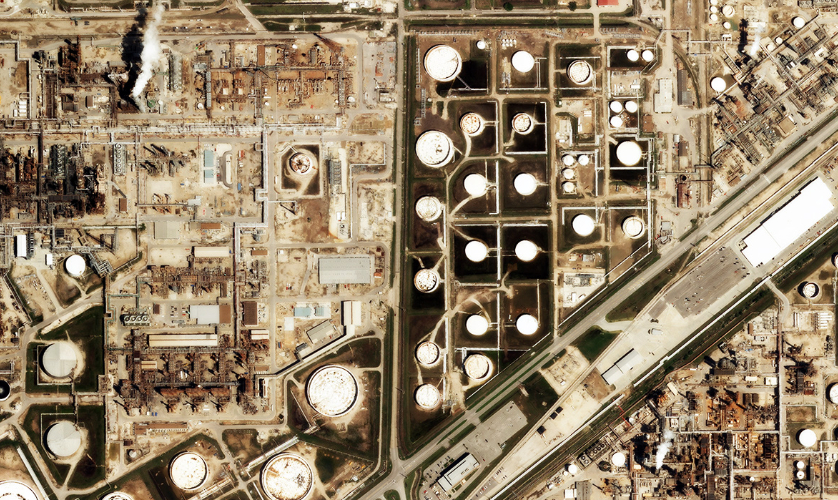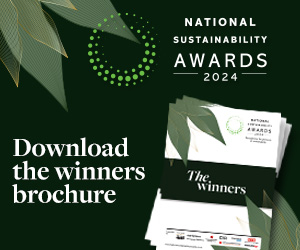The Bank of England (BoE) has published its own climate-related financial disclosure for the first time, setting out the Bank’s approach to managing the risks from climate change across its entire operations.
In 2016 the Bank set the target of reducing its own direct overall carbon emissions by 20 per cent by 2020, against a 2016 baseline. In fact, it achieved a 33 per cent reduction for the year 2020, a reduction in emissions beyond that required for the Bank’s target.
The Bank has also identified a potential increase in costs to its long-term capital investments if a carbon price was introduced. To mitigate the risk of future increases in the carbon price on its capital investments, the Bank is implementing an internal carbon price. This aims to support long-term decision-making and investing that is better aligned with a carbon-neutral economy. The carbon price has initially been set at £45/tonne CO₂. It will be reviewed at regular intervals.
The Bank revealed that parts of its Asset Purchase Facility (APF) portfolio would not currently meet the Paris Agreement.
Under a ‘portfolio warming potential’ measure, which attempts to estimate the level of future warming with which a portfolio is currently aligned suggests that if the projected emissions performance of the APF corporate portfolio was representative of the emissions performance of corporates globally, the world would experience 3.5C of warming by the end of the century.
These results suggest that the sterling corporate bond market as a whole –which the APF holdings are designed to closely track –is not currently aligned with the long-term goals of the Paris Agreement. This finding is not surprising given that some estimates suggest the world is on track to experience more than 3C of warming by 2100, even if all currently announced climate policies are fully implemented.
full report here.
Latest News
-
Electrolux doubles recycled materials target
-
Car firm pledges £1m to support environmental and humanitarian causes
-
TransUnion raises £44.8k for suicide prevention charity and other good causes
-
Design agency launches pro bono scheme
-
Premier League side promotes UNICEF at next match
-
Food industry using charities to ‘dump food that is inedible’, research claims
© 2019 Perspective Publishing Privacy & Cookies









Recent Stories